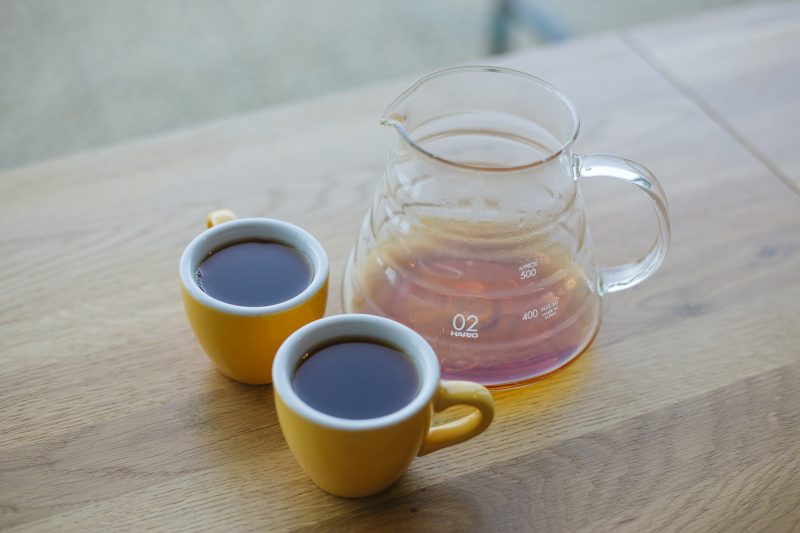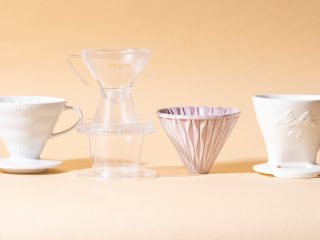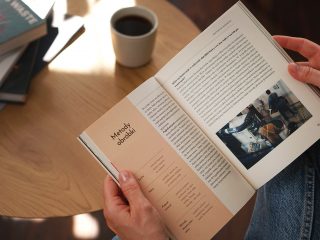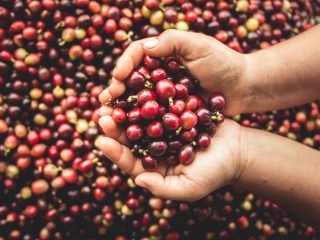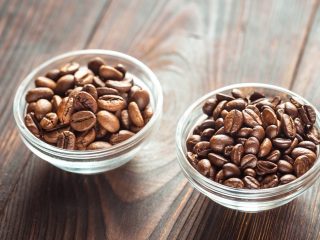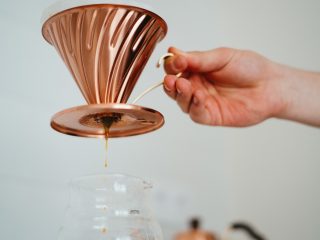The result of farmers’ work when they process coffee on a farm is not just beans, it is cascara as well. What is cascara? Dried coffee cherries which used to be a by-product, and today have gained their second life thanks to the culture of specialty coffee.
Cascara in Spanish means “skin” and, in fact, it is simply the skin surrounding the pits of coffee fruit which are beans. Processing means ripping the beans off the pulp which is then left to dry in the sun. It changes from red to dark brown and gets ready to be packed. Such cascara may be brewed like tea. It has an intense fruity flavour, pleasant acidity and low caffeine content (about 110 mg/l), which may be very good news for many people.
What is cascara? Coffee? Tea? Cat? Actually, it is none of those. The cascara brew is reminiscent of dried fruit. It offers pleasant notes of honey, dried plums or apples and acidity with a hint of sweetness. To enjoy it fully, simply pour the right amount of hot water (usually 24 g/1l) over the dried fruit and wait about 4-6 minutes. In the summer it is ideal in the form of a cold brew, which is poured over with cold water and left for a couple or a dozen of hours in the fridge. It has a light, slightly fruity flavour and provides a perfect substitute of lemonade or other sweetened drinks.
In the countries where cascara has been drunk for centuries, for example in Ethiopia or Yemen, the dried fruit is enriched with such spices as ginger and cinnamon, which gives an incredibly warming brew that can be a nice option for the autumn and winter season.
Similarly to coffee, cascara offers a rich variety of flavours depending on its origin. There is more and more cupping where the main role is played by dried coffee fruit. The difference may be significant, which makes the spectrum of variety in the world of specialty coffee even wider. Several types of cascara are available from our shop. When buying your favorite packet of coffee, you can always add something new to your shopping cart.


